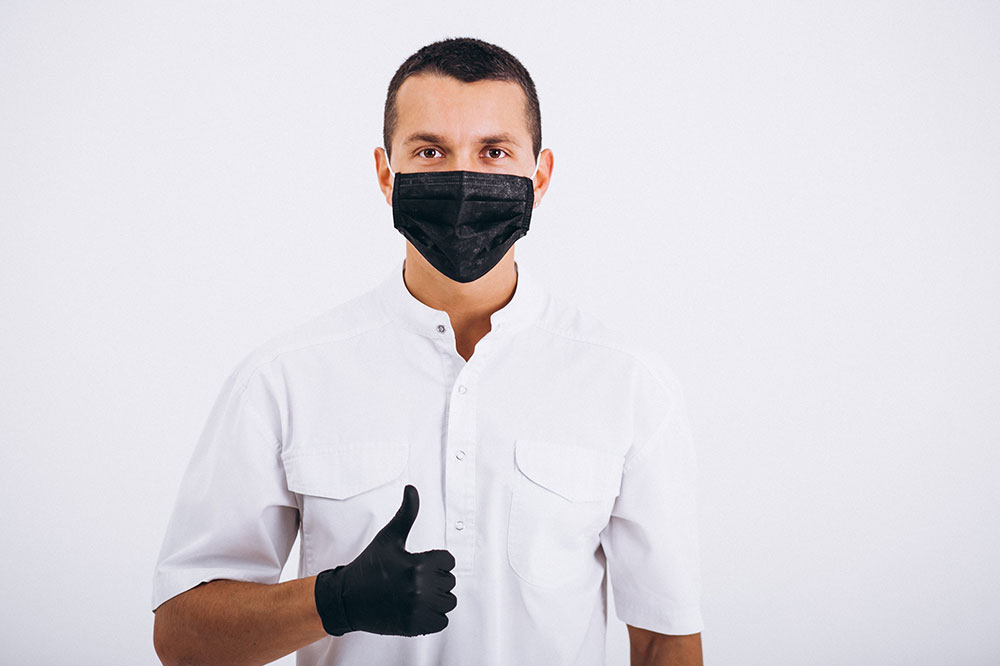4 common types of face covers
Face coves are generally worn to protect the nose and mouth. These are pieces of material that can stop pollutants, dust, pollen, and other particulates from entering the respiratory system through the mouth or nose. Furthermore, certain face covers work as barriers to airborne droplets, giving protection against several bacteria and viruses. A few bikers and cyclists also wear face covers and bandanas to keep off dust particles and other elements while riding their bikes and cycles. From surgical masks to bandanas, here are some common types of face covers:
- Surgical masks
Surgical masks work as physical barriers that keep large particulates from entering the nose and mouth.

- Non-medical face covers
Non-medical face covers include cloth masks. Based on the type of the cloth that is used, these covers can be porous as well. This enables easy breathing and free movement of air. Non-medical masks are similar to surgical masks in terms of their workings.
- Respiratory protective equipment
Respiratory protective equipment (RPE) is a specialized cover worn by healthcare workers. This type of equipment keeps fine particles including germs, chemicals, smoke, and dust from entering one’s system. These covers fit tightly and provide protection against nearly 95 percent of airborne particles. N95 masks are a type of RPE.
- Biker/cyclist face covers
Bikers and cyclists wear protective face covers to keep off dust and a range of pollutants. These can be bandanas or scarves worn around the face, covering the nose and mouth. There are also specialized face covers, which protect the head and face, leaving out the eyes.

